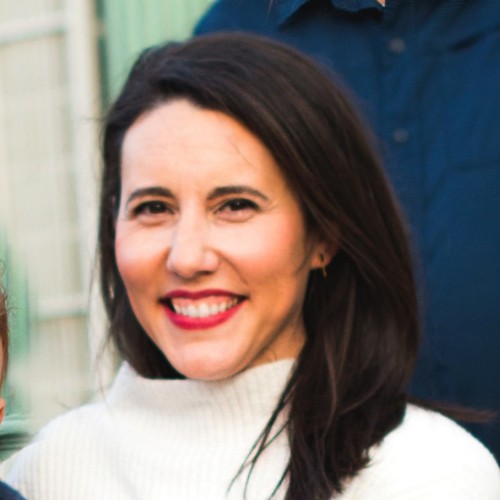How to Invest in Wine: A Beginner's Guide
Investing in wine isn’t just for uber-wealthy men anymore. More women and young consumers are looking to the alternative asset to turn their love for reds and whites into real returns. Here’s what you should know if you’re thinking about taste-testing wine investing for yourself.
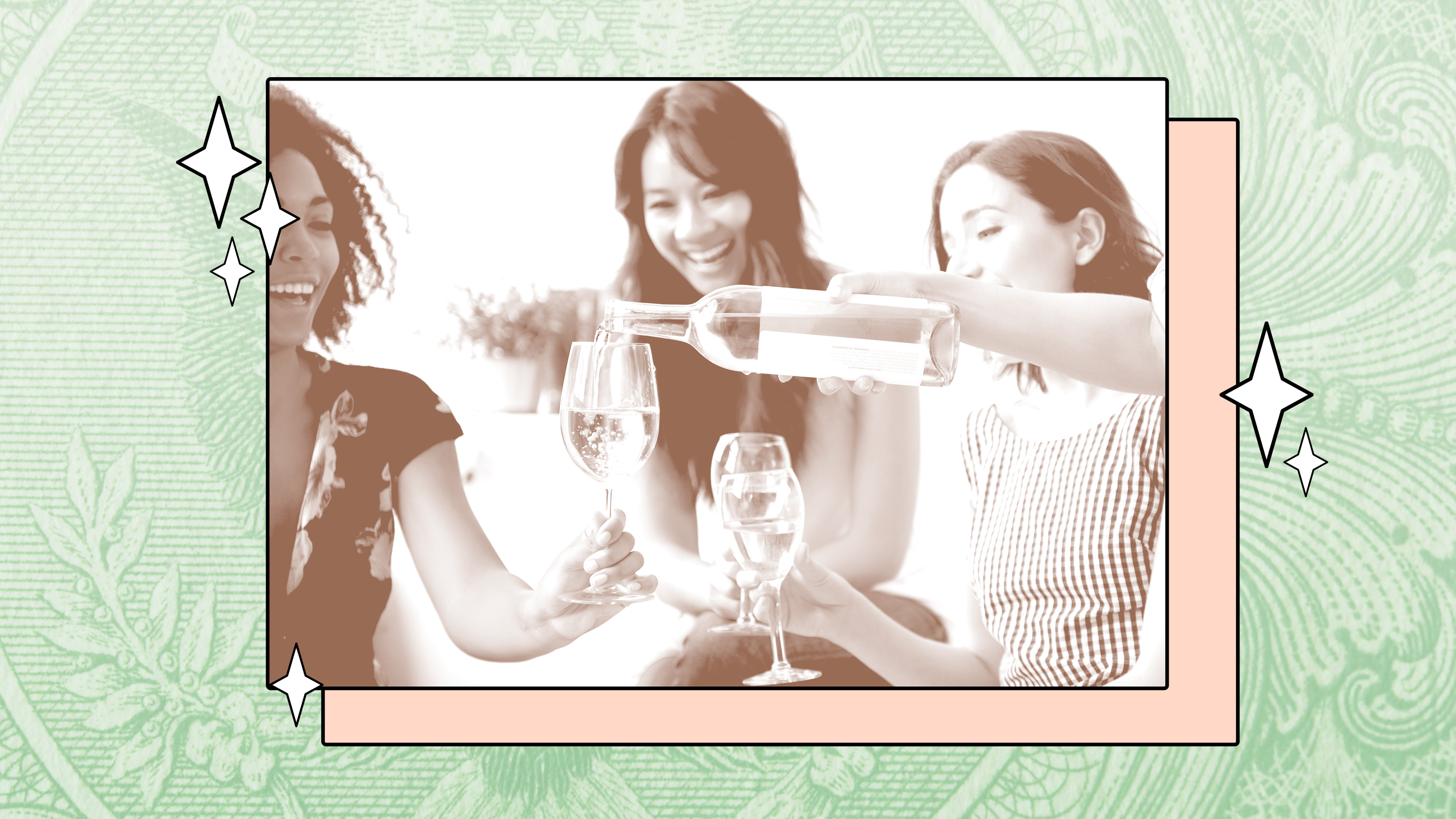

When Lorine Schaefer worked in finance, she spent a lot of evenings trying to make sense of intimidating wine lists at client dinners. She wanted to learn more, so she took some wine classes at the International Wine Center in New York City. She figured out what she liked, and started collecting bottles of fine wines to pop open with friends and family.
Over a conversation with her husband about their family’s own financial planning and investment strategies, Schaefer's husband brought up the idea of investing in wine. The couple wondered, “Do people ever think about wine not just as a drink, but also as something for the portfolio to perform?”
Turns out, wine is a real asset. And you don’t have to have a state-of-the-art, temperature-controlled wine cellar or a sommelier certificate to make this alternative investment work for you. After learning more about wine investing for herself, Schaefer took her interest a step further by working in the business, taking a job at Sotheby’s Wine, a global retail store and auction house for wines and spirits. Today, she’s Vice President of North American Sales at Cult Wine Investment, advising clients on wine investing and active portfolio management.
Thanks to a handful of companies including Cult Wine Investment and startup Vinovest, investing in wine is much easier than it was decades ago, when the world of wine investing was older—and limited to the very wealthy. For years, the average wine investor was a man in his 60s, while today that average is closer to 40, according to a 2021 study done by Areni Global, a research institute focused on fine wine.
And more women are investing in wine, too.
“Investing in wine is so interesting because it’s speaking to a bigger trend for a lot of investors who are gravitating towards things they are passionate about or know personally,” says Katie Perry General Manager of Investor Relations at Public.com, a fractional investing platform, meaning you can invest in any asset with any amount of money. “There’s an initial spark of curiosity which helps people dig deeper and it can be an onramp into their journey as an investor.”
Right now is a particularly good time to think about wine, as the U.S. economy slows and we inch closer to the possibility of a recession. Experts refer to wine as an uncorrelated asset—meaning its performance isn’t very tied to the fluctuations of traditional markets. So, in 2008, when the stock market saw a jaw-dropping plunge of 38.5%, the Liv-Ex 1000, which measures wine performance, saw just a 4% dip.
Get exclusive access to fashion and beauty trends, hot-off-the-press celebrity news, and more.
“Wine is a more established market. It’s seen incredible growth since the start of the pandemic and wine generally benefits from having a broader global appeal,” says Keith Marshall, GM of Alternatives at Public.com. “An uncorrelated asset can generally be seen as a hedge against a changing economy. It depends on your particular portfolio and risk appetite, how long you can invest, things like that, but with wine, the market itself is growing. It is a legitimately liquid asset class now—pun very much intended. There’s been a huge emergence in Asia of new buyers and that’s brought change to the wine market itself making it more liquid—easier to buy and sell.”
Here’s what you should know if you’re thinking about taste-testing wine investing for yourself.
Figure out your investing goals and timelines.
You know that old saying, “It ages like fine wine”? Investment-grade wines generally get better with age, which means you’ve got to give them time to appreciate in value. Wine investing might not be for you if you’re looking for a quick turn-around. It’s a better option for someone looking to diversify her portfolio and aiming for slow and steady growth.
Schaefer of Cult Wine Investment recommends thinking about your investments in three to five year increments. Anthony Zhang, the founder of wine investing platform Vinovest, suggests thinking even longer term. “Because of that aging aspect, we usually do recommend five or 10 years,” he says. “If you're looking for a quick flip, this is definitely not the right place to put your money.”
In addition to the fact that many wines get better with age, a scarcity comes with time, creating more value. Unlike, say, collectible baseball cards, which can stay in circulation forever, once a bottle of wine is consumed, it’s gone for good. You can’t take a time machine back in time to make more of that 2009 Bordeaux.
Do your homework.
Like we said, there’s no need to sign up for a sommelier intensive. But you’ll be more confident in the world of wine investment if you know the basics—even if you’re relying on an investing platform or an advisor to do the heavy lifting. And as Kiplinger warns, be wary when investing in the unregulated sector, which has seen a number of high-profile scams. Always work with reputable platforms that have a proven track record and client base.
To start, familiarize yourself with Liv-Ex Fine Wine Indices, which track global wine prices—think of it as a Dow Jones for wine. Spend some time reading up on Liv-Ex to get the most up-to-date trends and sale prices. You’ll see, for example, that some of the most reliable wines are Burgundies and Bordeaux, and that Italian wines and Champagne are having a big moment right now. Wine-centric publications like Wine Spectator will also help you understand the lay of the land—they review wines as well as report on changes in the wine industry, like how weather may be affecting crops in a particular region.
“Always do your research. Never just trust the expert,” Marshall says. “Age is really important in wines—not just how old it is, but the particular year the wine is from. Differences in weather in any given year can affect things. Age and year are two very important data points to know. Regions have good and bad years, and that’s easy information to find online.”
The other nice thing about beefing up your wine knowledge for investment purposes is that you can impress your friends the next time you’re ordering a bottle for the table at dinner.
Consider online services.
Services like Cult Wine Investment are digital trading platforms which make trading easier. These services do charge a fee (Cult Wine charges a 2.95 percent annual management fee for a $10,000 investment)—but they deal with everything from studying the wine market for the best investment opportunities to securing the bottles, storage, and selling them off when you’re ready. Vinovest, which just launched in 2020, uses an algorithm created with the input of sommeliers, and finance and data experts to create diversified wine portfolios for its users.
Cult Wine Investment has a $10,000 minimum for investing—Schaefer says this is so their team has enough money to diversify your portfolio with a variety of wines. Vinovest, however, has no minimum. For both services, you can log into your account, which has an interface that looks a lot like E-Trade or a Schwab account to see which wines are in your portfolio and how they’re performing. You can cash out at any time, and those wines you’re seeing on the interface are actually your bottles of wine. If you really wanted, you could have any of the bottles sent to your home to taste test. Though, the experts we talked to recommend thinking about those bottles as the investments that they are—and not your own personal wine shop, as tempting as that may be.
“Once you take [a bottle] out of bonded warehouse, it becomes outside of the protection of the temperature and the humidity control,” says Schaefer's, who talks about wine in terms of head and heart. The heart thinks about wine as that drink you love to savor with friends, while the head thinks about it as an investment. She says, “I would say I'm probably 75 percent head and 25 percent heart. I keep wine I want to drink in professional storage nearby me so I can pull these wines and take them out to dinner. But I have an investment portfolio which has an objective as performance.”
Think about the extra costs.
Storage is the biggie here. As any wine-drinker knows, you can’t just toss a bottle into the back of your closet and forget about it until you’re ready to pop it open. You have to think about temperature and humidity control.
Unless you’re really planning to go all in, you should think twice before taking on the wine storage yourself. Building a custom wine cellar in your home starts at about $15,000 and can go up to the hundreds of thousands. You also have to take into account the cost of insurance and temperature and humidity control. And when it comes time to sell, wine auction houses aren’t keen on trusting the storage skills of amateurs. Some wine merchants work with a warehouse supplier to store bottles on behalf of their clients for a fee. Or you could do the legwork to find a well-respected warehouse on your own—but that comes at a cost, too. And each time a bottle of wine is transported, it introduces the possibility of bruising the wine and reducing the value.
A benefit of a service like Cult Wine Investment or Vinovest is that they take care of storage costs, which are included in your fee. And they have relationships with buyers like auction houses Sotheby’s and Christie’s as well as high-end restaurants—and these places trust that their warehouses stored the wine appropriately.
Curious but still not totally sure? It’s OK to start small.
As a general investing rule, Marshall says, “I wouldn’t put all your eggs in one basket, no matter what it is.”
Big picture, putting more money into wine lets you diversify your wine portfolio—investment-grade wine is expensive and it’s not the best strategy to put all your savings into a single bottle. But thanks to platforms like Public.com or Robinhood which allow for fractional investing—meaning you invest in a portion on a bottle—you can get a taste for the world of wine investing.
“When you just put $10 into something, obviously there’s limited economic upside to that, but there’s a lot of educational upside which comes with actually learning by doing,” Perry says. “When you bring down the entry point and it becomes a more manageable amount of money that isn’t cutting into somebody’s cash flow or net worth, they have the experience of actually doing something without so much skin in the game. There is an upside in terms of education.”
Your Complete Guide to Investing
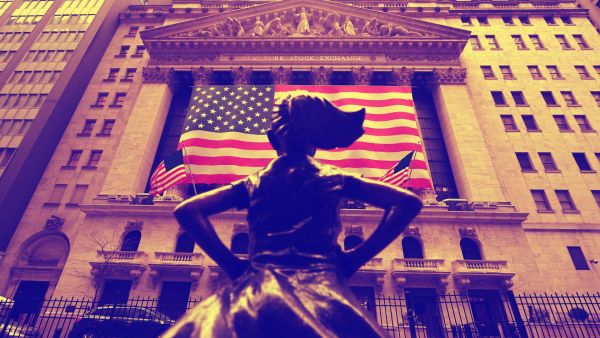
Whether you need a 101 on investing or action plans to elevate your current portfolio, money up with Marie Claire to boost your net worth.
What Are Alternative Investments?
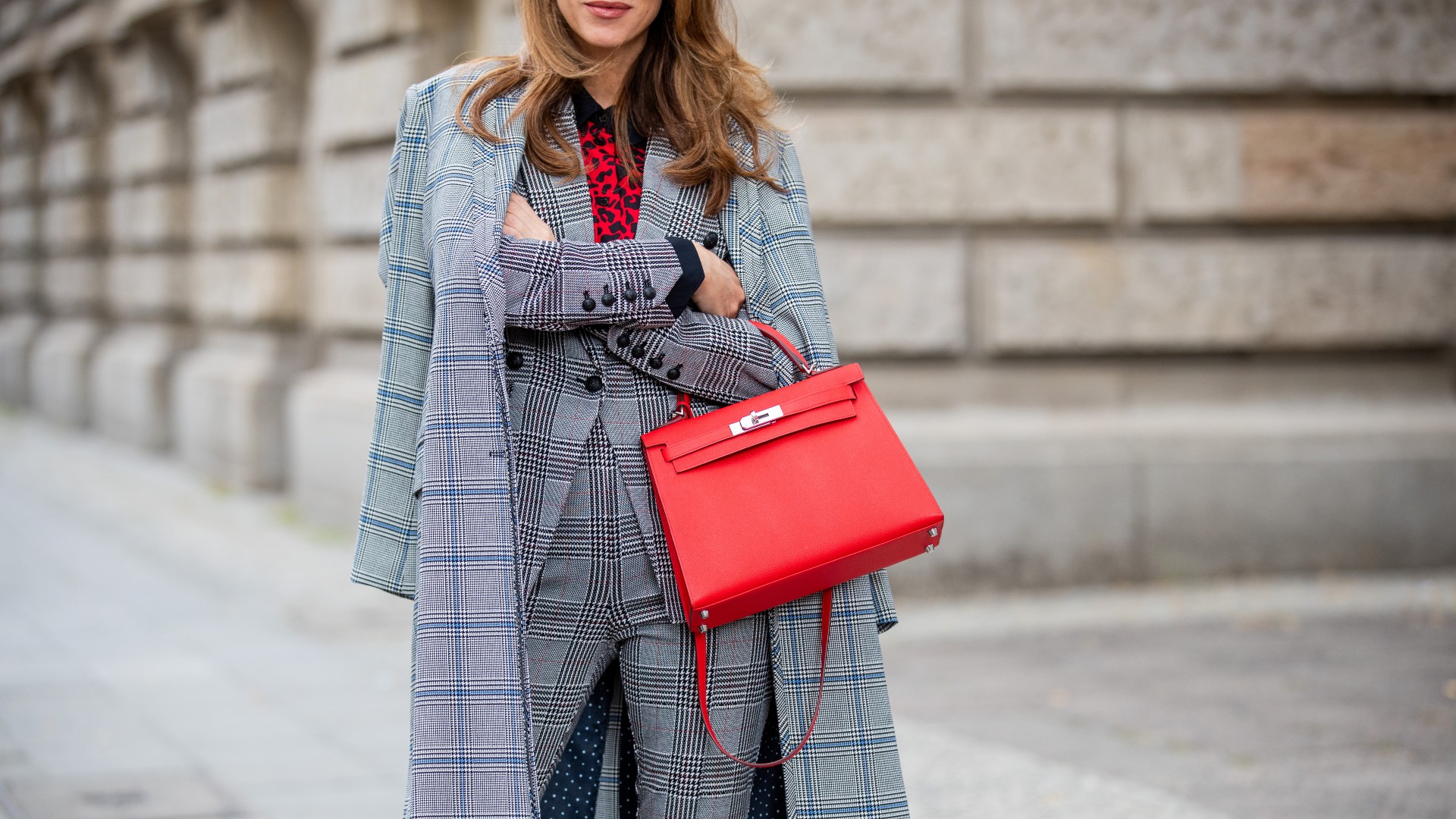
From wine to Birkin bags and Banksy NFTs, entry-level and seasoned investors alike must be familiar with these factors to determine whether they should invest in the ever-changing world of alternative investments.
Your Guide to Picking Fashion and Beauty Stocks: How to Invest in Retail
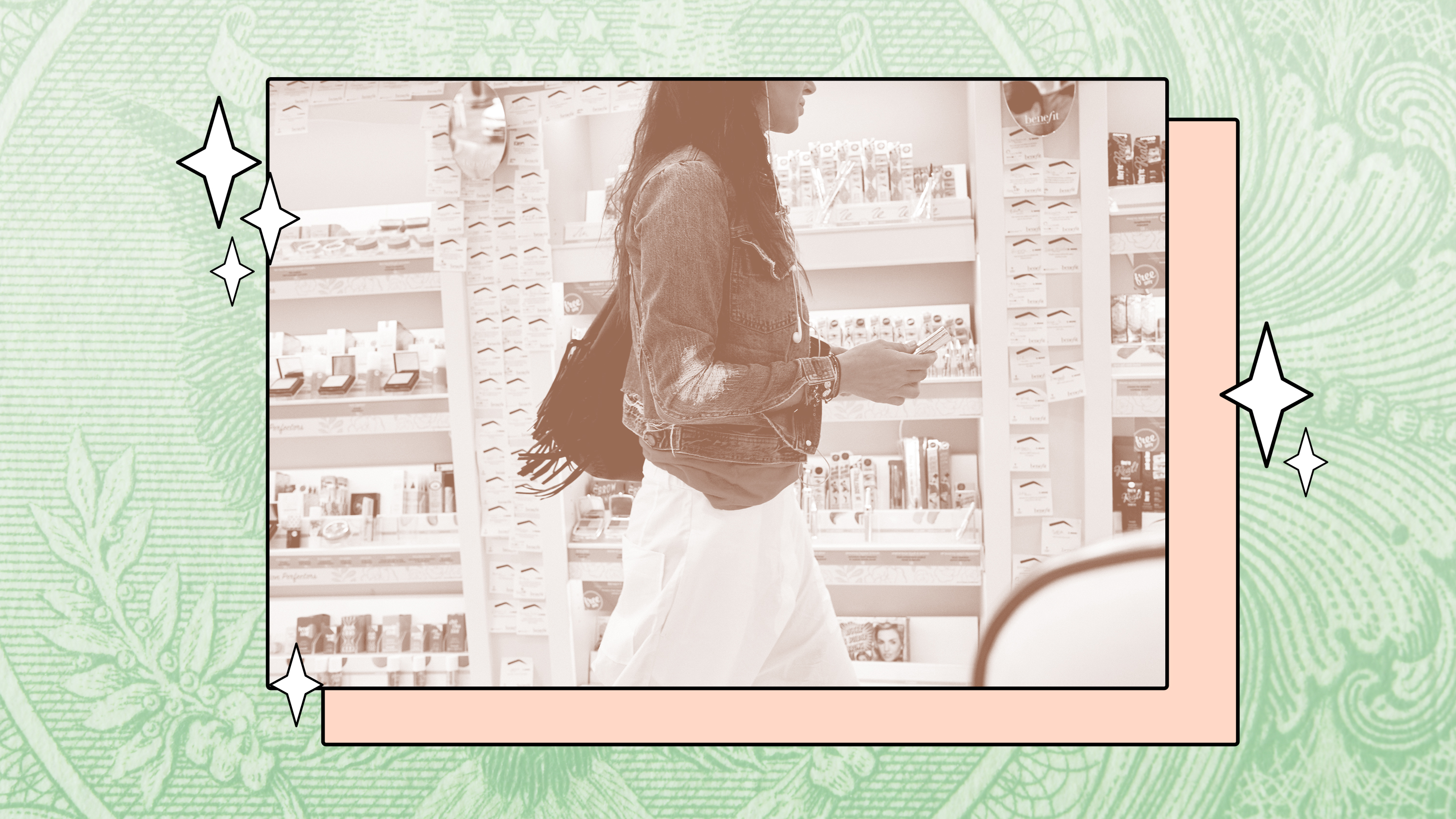
When it comes to fashion and beauty brands, it is our own income—our very own hard-earned dollars—that fuel these industries. Women could and should be profiting from the success of these multi-billion dollar companies through stock investing. Here's how.
Kate Storey is a contributing editor at Marie Claire and writer-at-large at Esquire magazine, where she covers culture and politics. Kate's writing has appeared in ELLE, Harper's BAZAAR, Town & Country, and Cosmopolitan, and her first book comes out in summer 2023.
